Ironclad USS Baron DeKalb (1861)
Basic information
- Originally named Saint Louis.
- Renamed September 8, 1862 as Baron DeKalb.
Ship measurements
Machine
- 2 * non-condensing reciprocating steam engines
- 22 ft (6.7 m) diameter paddle whee
Personnel
Combat assets
- 2.5 in (64 mm) on the casemates
- 1.25 in (32 mm) on the pilothouse
January 1862
- 3 * 8-inch smoothbores
- 4 * 42-pounder rifles
- 6 * 32-pounder rifles
- 1 * 12-pounder rifle
Early 1863
- 1 * 10-inch smoothbore
- 2 * 9-inch smoothbores
- 2 * 8-inch smoothbores
- 6 * 32-pounder rifles
- 2 * 30-pounder rifles
- 1 * 12-pounder rifle
USS Baron DeKalb (1861) was a City-class ironclad gunboat constructed for the Union Navy by James B. Eads during the American Civil War.
USS Baron DeKalb, named after General Baron DeKalb of Hüttendorf near Erlangen, in present-day Bavaria, was originally named Saint Louis, and was one of seven City-class ironclads built at Carondelet, Missouri and Mound City, Illinois, for the Western Gunboat Flotilla.
These ironclads were shallow draft with a center driven paddle wheel. They were partially armored and slow and very hard to steer in the currents of rivers. This ironclad was also vulnerable to plunging fire and also by hits in their un-armored areas. Called «Pook Turtles» for the designer, they did yeoman service through four years of war and were present at almost every battle on the Mississippi River and its tributaries.
Assigned to Union Army operations
During 1862 St. Louis, under the command of Lieutenant L. Paulding USN, was attached to Rear Admiral Andrew Hull Foote's squadron and participated in the Battle of Lucas Bend and the capture of Fort Henry on the Tennessee River (February 6, 1862). She served as flagship for the squadron when it assisted the Union Army at the capture of Fort Donelson on the Cumberland River (February 14–16, 1862). Between April and June 1862, she operated against Fort Pillow, Tennessee.
St. Louis was renamed Baron De Kalb September 8, 1862. This change was apparently in anticipation of the vessel's transfer from the War Department to the Navy Department, there already being a St. Louis in commission with the Navy.
Reassigned to the Union Navy
On October 1, 1862 Baron De Kalb was transferred to the Navy Department. During December 21–28 she took part in the Yazoo Expedition and participated in the action at Drumgould's Bluff (December 28). Four of Baron De Kalb's sailors were awarded the Medal of Honor for their actions in the expedition: Ordinary Seaman Peter Cotton, Captain of the Forecastle Pierre Leon, Boatswain's Mate John McDonald, and Boatswain's Mate Charles Robinson.
During 1863 Baron De Kalb took part in the capture of Arkansas Post (January 10–11); expedition up the White River (January 12–14); Yazoo Pass Expedition (February 20 – April 5); action at Fort Pemberton (March 11–13); action at Haines' Bluff (April 29–2 May, May 18); action at Yazoo City, Mississippi (20–23 May); and the Yazoo River Expedition (24–31 May).
Sunk by mine
On July 13, 1863 Baron De Kalb was sunk by a mine (then called a «torpedo») in the Yazoo River, one mile below Yazoo City, Mississippi.
- Comments
 en
en ru
ru uk
uk
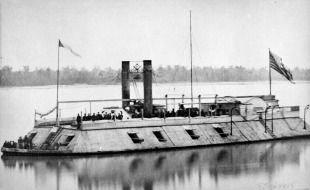
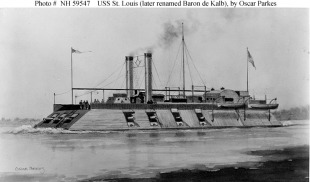
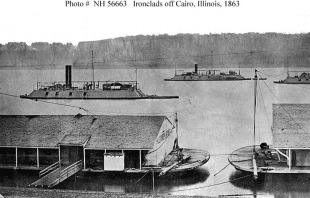
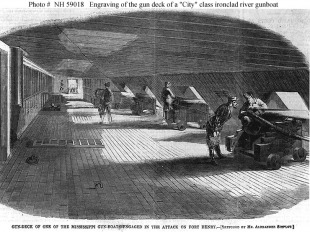
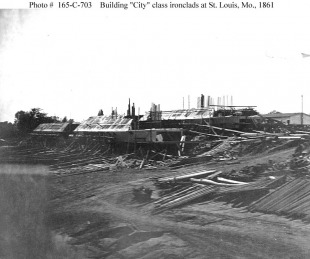
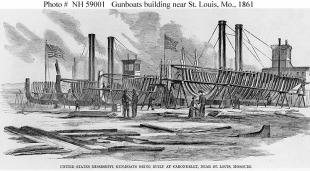
 Union Navy
Union Navy United States Army
United States Army United States Navy
United States Navy